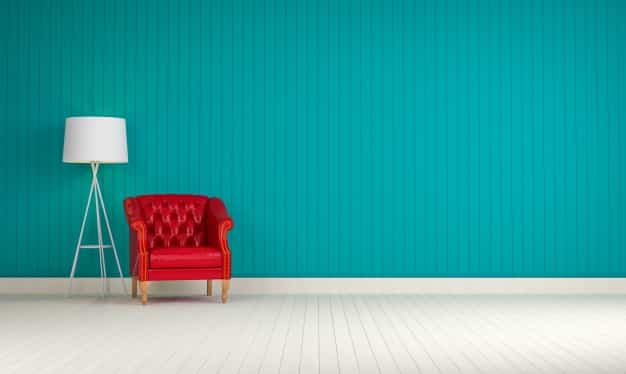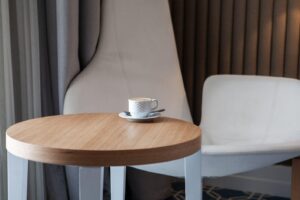In a context where modernity and functionality dominate the interior design landscape, an innovative trend is emerging that is capturing the attention of both architects and decorators: the fusion of minimalism and warmth. This new approach aims to challenge the perception of coldness that often accompanies minimalist style, integrating elements that promote a cozy and human environment, moving away from the typical rigidity of sober design.
Minimalism has been praised for decades for its emphasis on simplicity, the elimination of excess, and the pursuit of beauty through clean forms and a palette of neutral colors. However, critics have pointed out that, at times, this style can feel impersonal and distant. The emerging trend seeks to resolve this dilemma by incorporating soft textures, natural materials, and warm tones that not only invite interaction, but also create a deep sense of belonging.
Ana López, a renowned interior architect, points out that “the key is to balance the aesthetic simplicity of minimalism with elements that provide emotional warmth.” In this context, homes that adopt this fusion often include furniture with simple lines, but made with materials that invite touch, such as wool, cotton, and sheep wool.
Remote work has renewed the importance of the environment in which we live, leading people to value the creation of spaces that promote both connection and comfort. Designers now consider functionality from an emotional perspective, turning rooms, which previously only served as places to rest or work, into havens where people can relax and recharge.
Light, on the other hand, plays a fundamental role in this new approach. The use of large windows that allow natural light to enter, along with warm lighting, helps soften the austerity of minimalism. Interiors are often enhanced with simple design lamps, but built with materials that emit a soft and welcoming light, creating spaces that invite longer stays.
The fusion of minimalism and warmth is also reflected in the selection of decorations. Instead of cluttering spaces with multiple decorative objects, this trend proposes the idea of integrating some meaningful pieces that tell a story, such as works of art or family mementos. Presented in a way that does not saturate the environment, they allow each object to contribute uniqueness to a space that, although simple, exudes personality.
Designers anticipate that this trend will continue to grow in popularity as people seek a lifestyle that combines efficiency with emotional comfort. The union of minimalism and warmth not only represents an aesthetic change, but also a transformation in the way people relate to their surroundings, ultimately seeking to design spaces that are more human and welcoming.
via: MiMub in Spanish











